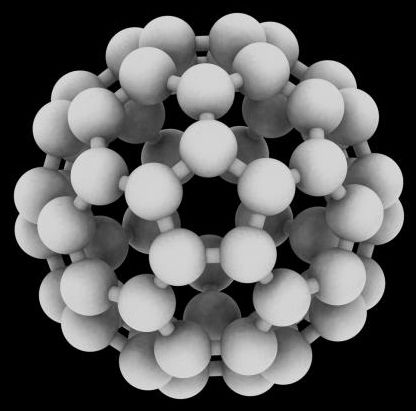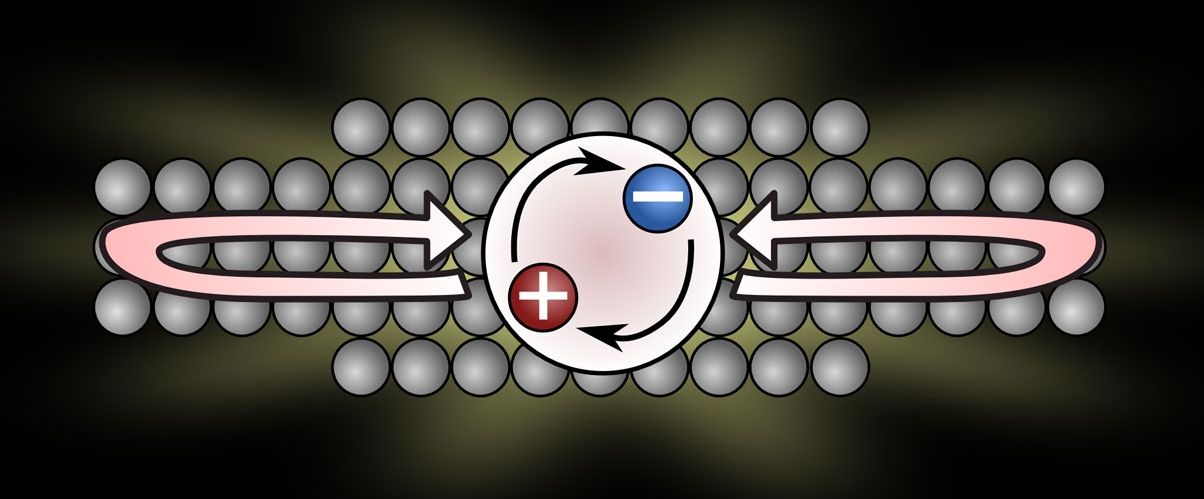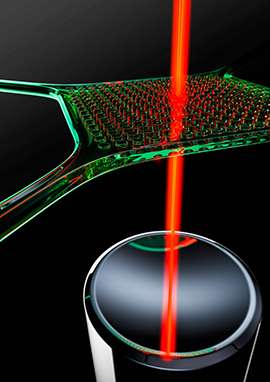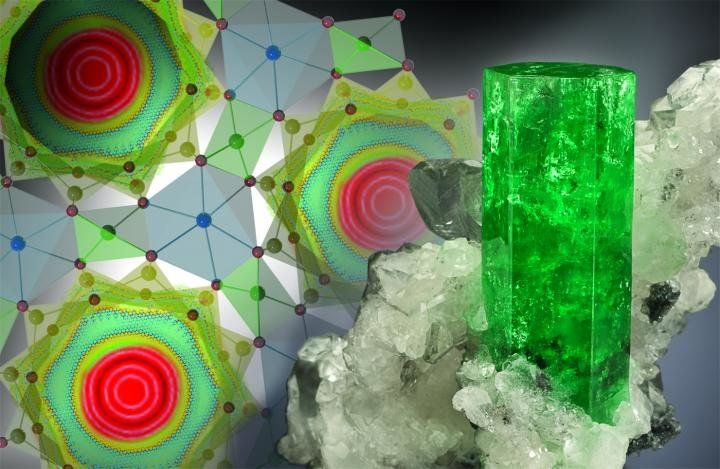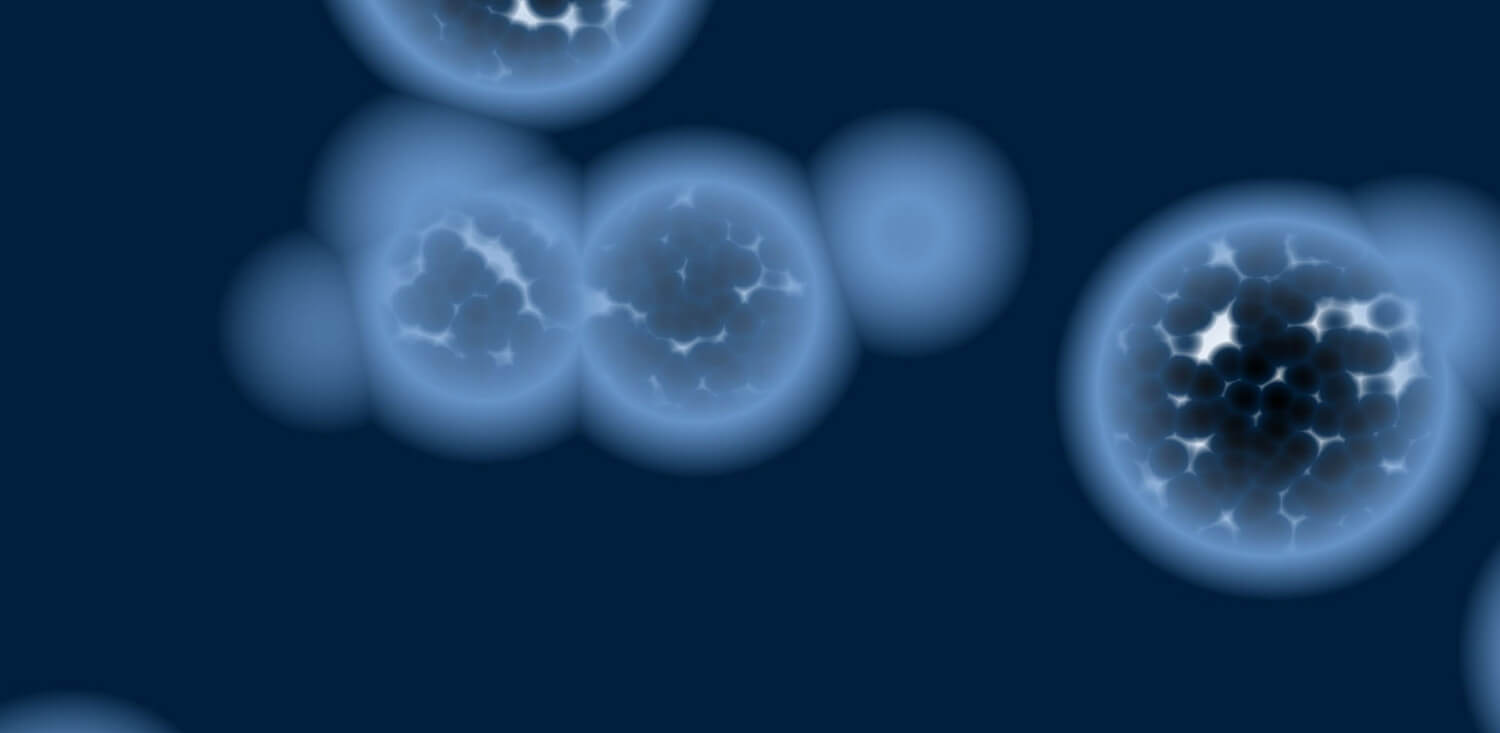Apr 26, 2016
Hi-res nanoparticle maps reveal best shape for batteries
Posted by Karen Hurst in categories: biological, computing, nanotechnology, particle physics
Many recent big technological advances in computing, communications, energy, and biology have relied on nanoparticles. It can be hard to determine the best nanomaterials for these applications, however, because observing nanoparticles in action requires high spatial resolution in “messy,” dynamic environments.
In a recent step in this direction, a team of engineers has obtained a first look inside phase-changing nanoparticles, showing how their shape and crystallinity—the arrangement of atoms within the crystal—can have dramatic effects on their performance.
The work, which appears in Nature Materials, has immediate applications in the design of energy storage materials, but could eventually find its way into data storage, electronic switches, and any device in which the phase transformation of a material regulates its performance.
Continue reading “Hi-res nanoparticle maps reveal best shape for batteries” »

